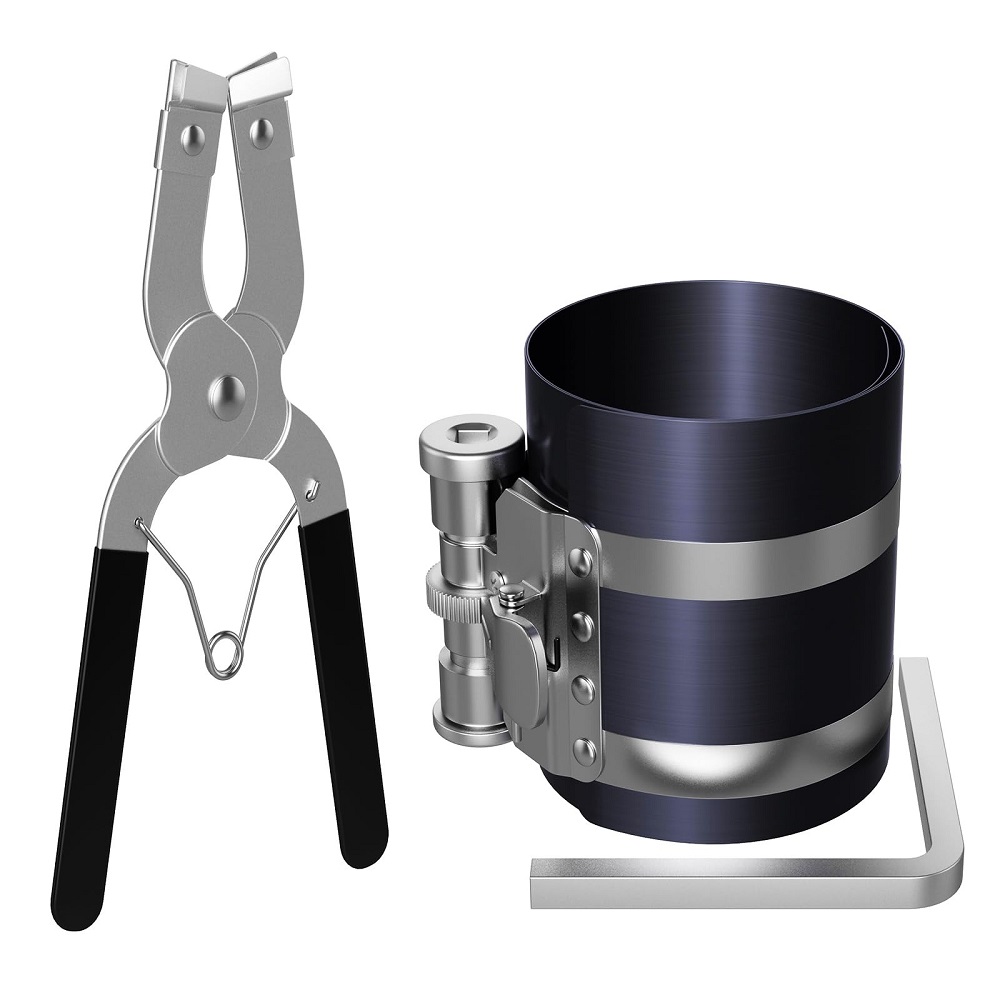Introduction: The Heart of the Engine
The Importance of the Car Piston
The piston is one of the most critical components within an internal combustion engine. It plays a crucial role in converting the combustion of fuel into mechanical energy, which ultimately propels the vehicle. As part of a more extensive system, the piston operates within a cylinder and moves up and down in response to the forces generated during combustion. Understanding its function and importance can help car owners appreciate the complexities of their vehicles and the engineering that makes them run smoothly.
The Basics of Engine Mechanics
The internal combustion engine operates on the principle of converting fuel into energy through a series of controlled explosions. These explosions occur in cylinders where pistons are housed. The cycle consists of four essential strokes: intake, compression, combustion, and exhaust. As the piston moves through these cycles, it facilitates the transformation of energy, making it crucial for the performance of the vehicle. Every component in the engine works in harmony, and the piston is at the heart of this intricate mechanism.
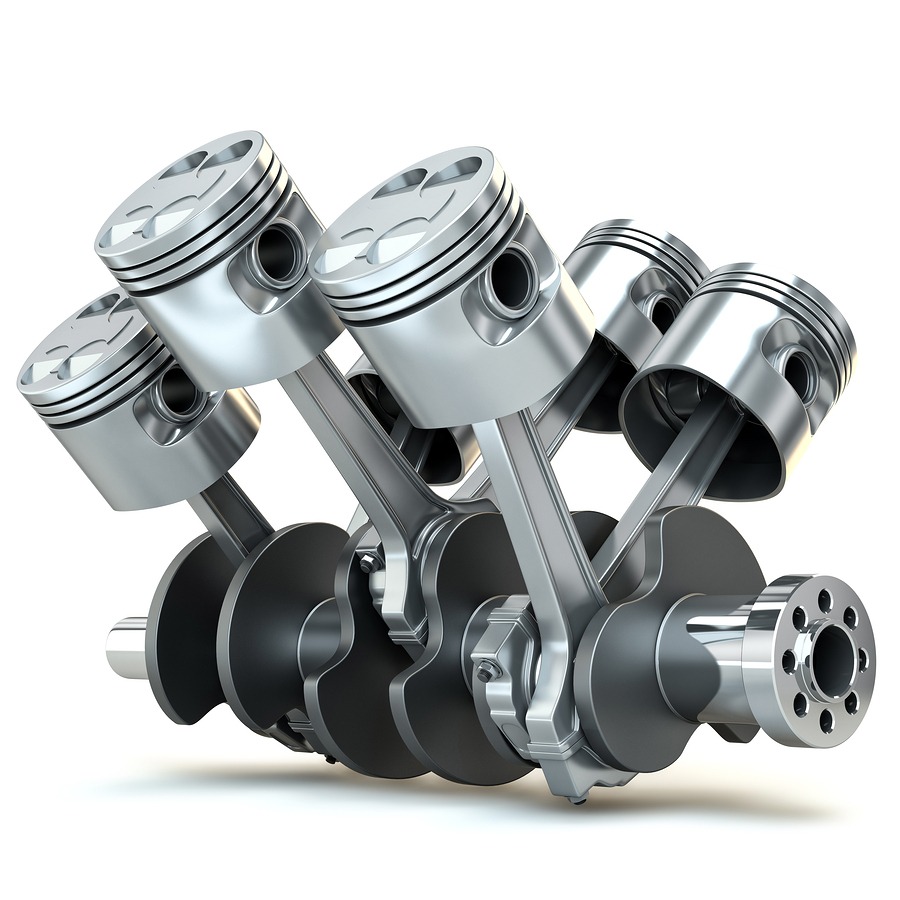
Purpose of This Article
This article aims to explore the role of the car piston in engine performance. It will detail its functionality, the types of pistons, the materials used in their construction, and the implications for engine efficiency. By gaining insights into the workings of car piston, readers will be better equipped to understand their importance in overall vehicle performance.
The Functionality of Car Pistons
The Four-Stroke Cycle Explained
As previously mentioned, the operation of the piston is defined by the four-stroke cycle. This cycle involves distinct phases that are critical for engine performance. The first stroke is the intake stroke, where the piston moves down, creating a vacuum that draws in an air-fuel mixture through the intake valve. Next comes the compression stroke, during which the piston rises back up the cylinder, compressing the air-fuel mixture to prepare for ignition.
The power stroke follows, triggered by a spark that ignites the mixture. This produces a forceful explosion, pushing the piston back down and creating mechanical energy. Finally, the exhaust stroke expels the burned gases, allowing fresh air and fuel to enter the cylinder again. Each stroke relies on the piston’s movement to facilitate the combustion process and convert energy effectively.
The Impact of Piston Movement
The movement of the piston is essential for maintaining the engine’s rhythm and performance. It serves as the primary link between the combustion process and the crankshaft, which ultimately drives the vehicle’s wheels. The piston’s ability to generate power depends on the efficiency of each cycle. When the pistons move smoothly and effectively, more power is generated with less fuel.
Additionally, the piston’s design and fit within the cylinder must be precise to prevent any loss of pressure. If there is excessive clearance, power can be wasted, leading to reduced efficiency and performance. Understanding how piston movement impacts overall engine performance can inform decisions about maintenance and potential upgrades.
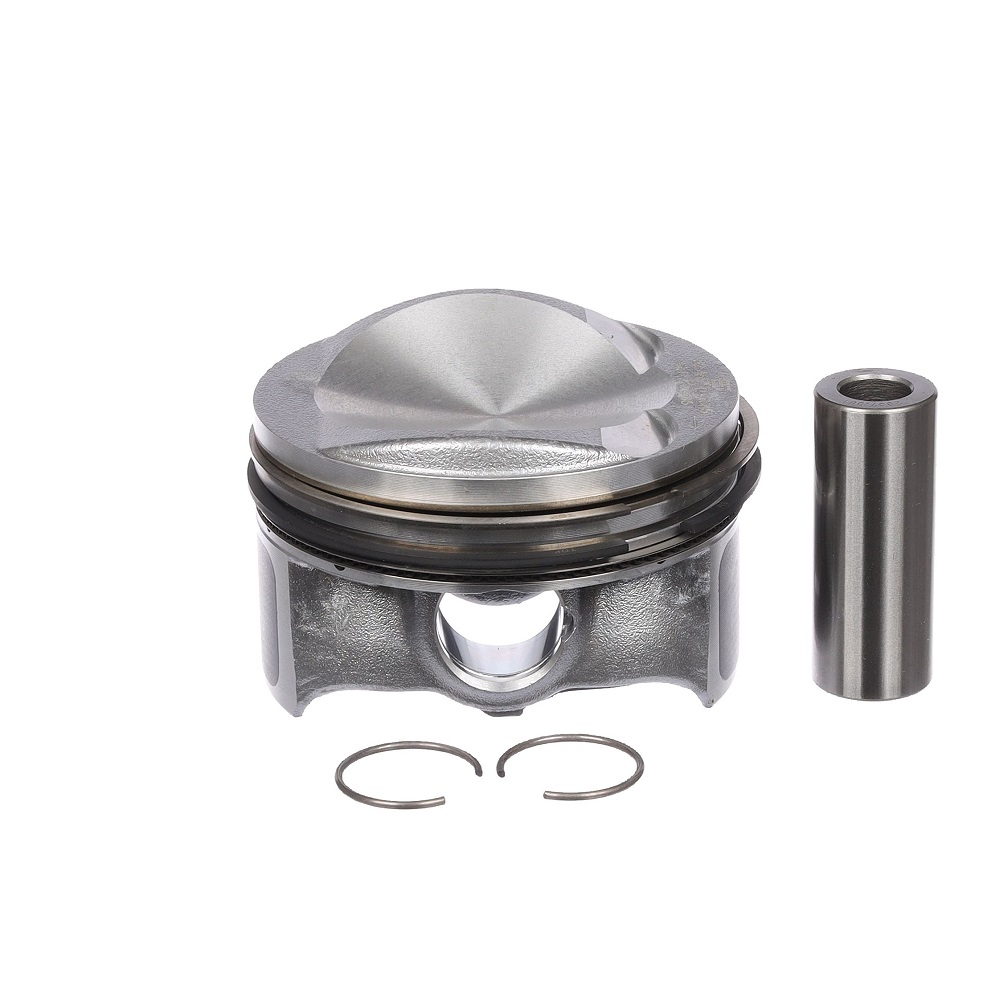
Variability in Piston Design
Different engine types may require specific piston designs to optimize performance. Aspects such as piston shape, weight, and the materials used significantly influence engine efficiency. For instance, a forged piston may be more durable than a cast piston, making it suitable for high-performance applications. Additionally, different engines may require pistons with varying compression ratios, affecting power output and fuel efficiency.
Types of Car Pistons
Forged vs. Cast Pistons
You can categorize pistons based on their manufacturing processes. Manufacturers create forged pistons by shaping heated metal in a die, which results in a stronger and denser material. These pistons are generally lighter and can withstand higher temperatures and pressures, making them ideal for performance applications. On the other hand, manufacturers make cast pistons by pouring molten metal into a mold. While they tend to be more affordable and can be mass-produced, cast pistons may not hold up under extreme conditions as well as forged ones do.
Aluminum vs. Steel Pistons
When it comes to materials, aluminum and steel are the most common choices for car piston. Aluminum pistons are preferred in many applications due to their lightweight nature and good thermal conductivity, which helps to dissipate heat during operation. This characteristic reduces the risk of overheating and allows for faster engine response.
Conversely, steel pistons are often used in applications where durability is the primary concern. They can withstand higher stress levels and are frequently found in heavy-duty engines. Each material offers its own set of advantages, and the choice will depend on the engine’s intended use and performance requirements.
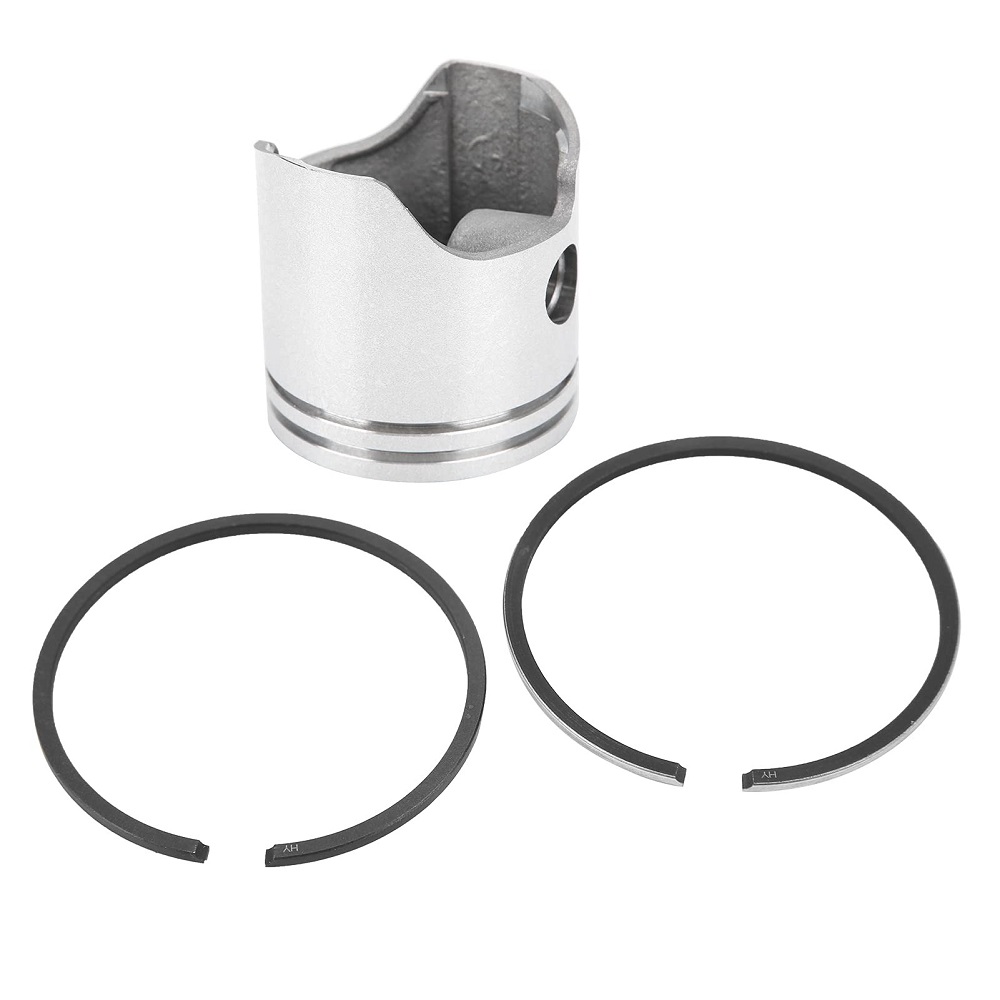
Piston Shapes and Compression Ratios
Piston heads can come in various shapes, such as flat-top, dished, or dome-shaped. The shape can affect combustion characteristics and power output. A higher compression ratio generally leads to more power but may require premium fuel to prevent knocking.
The Role of Pistons in Performance Enhancements
Pistons are sometimes modified or replaced in the pursuit of greater engine performance. Engine builders may choose high-performance pistons to gain improved power output, efficiency, or a specific power band. Understanding the role of piston design in engine modification is essential for those looking to enhance their vehicle’s performance. The right choice can lead to significant improvements in speed and efficiency.
Maintenance and Challenges
Common Issues with Pistons
Like any engine component, pistons can experience wear and tear over time. One common issue is scuffing, which can occur when the piston rubs against the cylinder wall due to inadequate lubrication. Scuffing can damage both the piston and the cylinder, leading to costly repairs. Regular maintenance and oil changes can help prevent these problems.
Another challenge is knocking, which can occur when the air-fuel mixture ignites prematurely. This can be caused by a high compression ratio or poor-quality fuel. Knocking can result in severe engine damage if left unaddressed. Monitoring engine performance and addressing any unusual noises can help preserve your engine’s health.
Essential Maintenance Practices
You should implement several maintenance practices to ensure the longevity of pistons and overall engine performance. Regular oil changes are crucial, as fresh oil lubricates the pistons effectively and minimizes friction. Additionally, using high-quality fuel that meets the engine’s specifications can help prevent knocking and maintain efficient combustion.
It is also wise to conduct routine inspections that check for signs of wear on the piston and cylinder. This includes looking for scratches, scoring, or irregularities in the surface. Addressing any issues early prevents costly repairs and extends the lifespan of the engine components.
![]()
Innovations and Future Developments
Advancements in Material Science
The future of piston technology lies in advancements in materials science. Researchers are exploring lightweight composite materials that can withstand extreme temperatures and pressures. These materials may offer improved performance, reducing weight and enhancing fuel efficiency. The introduction of advanced coatings that reduce friction and wear is also becoming more common. Innovations like these will likely influence both the performance and longevity of pistons in future engine designs.
The Role of Technology in Design
Computer-aided design (CAD) technology has revolutionized the process of designing pistons. Engineers can now simulate different shapes and materials and analyze their performance before creating physical prototypes. This technology allows for more precise designs that cater to specific engines and applications. The integration of data analytics and performance modeling in design processes can lead to higher efficiency and better performance in engines.
Environmental Considerations
As the automotive industry increasingly focuses on sustainability, the design and function of pistons will evolve. Stricter emissions regulations are driving manufacturers to create more efficient engines. The future may see a rise in piston designs optimized for alternative fuels, such as hydrogen or biofuels. Engine designs will adapt to these fuels while also focusing on reducing emissions without sacrificing performance.
Embracing Hybrid Technology
Hybrid and electric vehicles are changing the landscape of automotive engineering. While traditional pistons will remain relevant, there is a growing interest in how these components interact with electric systems. Understanding the role of pistons in hybrid setup will be crucial as vehicle technology advances. Future developments may include designs that optimize both internal combustion and electric power, enhancing overall performance and efficiency.
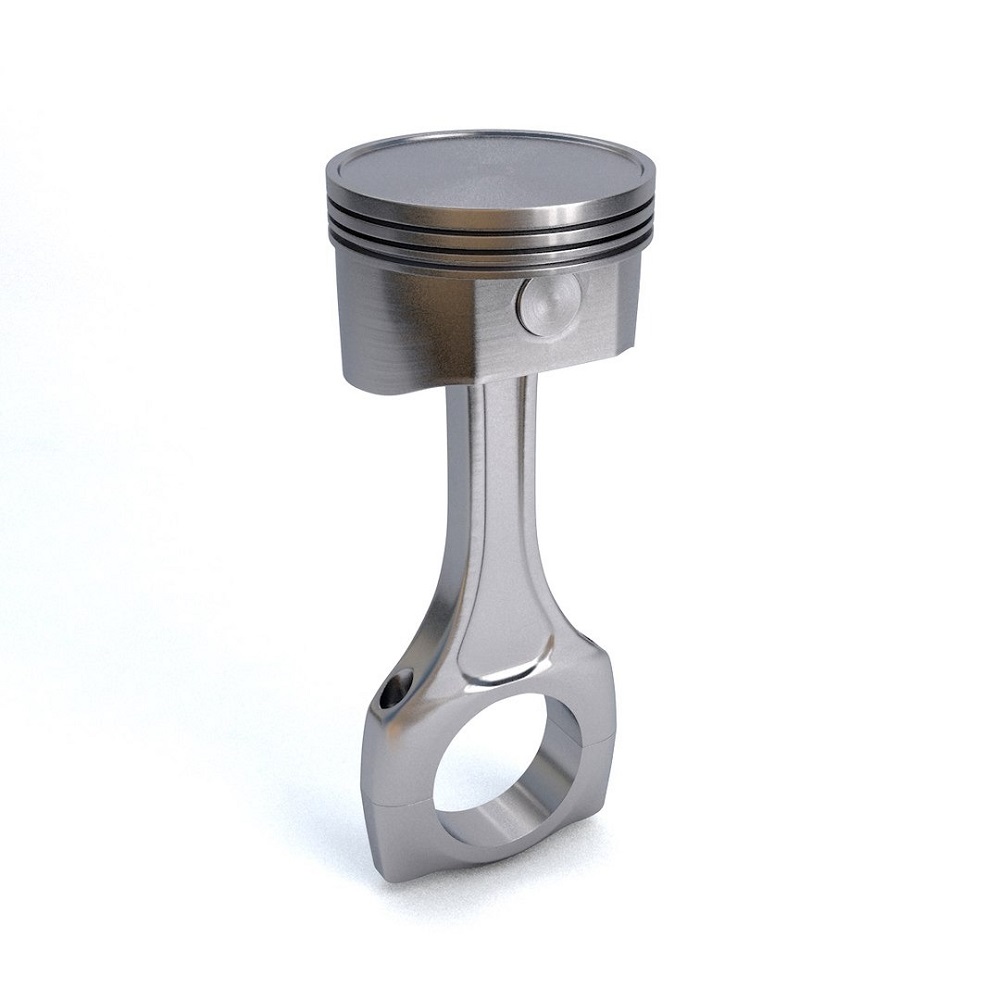
Conclusion: The Essential Role of Car Pistons
Recognizing Piston Importance
In conclusion, the car piston is a fundamental component that plays a vital role in engine performance. Its function in converting the energy from fuel combustion into mechanical power is crucial for the operation of various vehicles and machinery. Understanding the principles behind pistons helps car owners appreciate the engineering that goes into their vehicles.
Adapting to New Technologies
As technology continues to advance, the design, materials, and functionality of pistons will adapt to meet new demands. Manufacturers are focusing on developing pistons that increase efficiency, reduce emissions, and optimize performance. With a focus on innovation and sustainability, the future of piston technology looks promising, offering exciting possibilities for the automotive industry.
Importance of Maintenance and Care
It’s essential to remember that proper maintenance and care of pistons and engine components directly influence overall vehicle performance. Regular checks and timely repairs can prevent serious damage and extend the engine’s life. Knowledge of common issues and best practices will empower car owners to keep their vehicles running smoothly.
Celebrating Innovation in Engineering
Today, pistons represent more than just a mechanical component; they embody the spirit of innovation and engineering excellence. As we look to the future, embracing advancements in piston technology and engine design will ensure that vehicles remain efficient and effective for years to come. Shape your automotive journey with knowledge and appreciation for the intricate design and function of car piston in the realm of engines.
